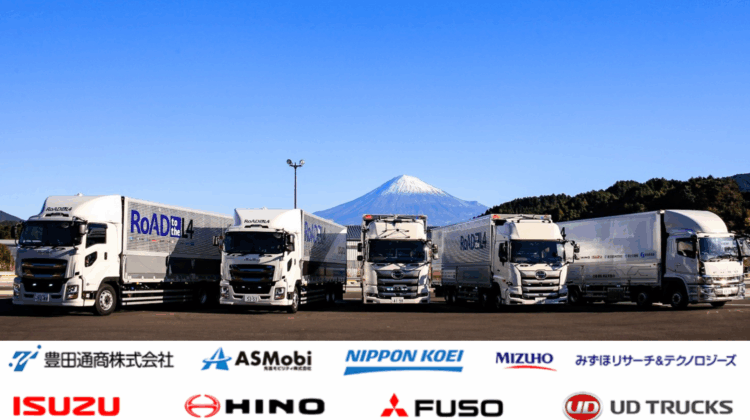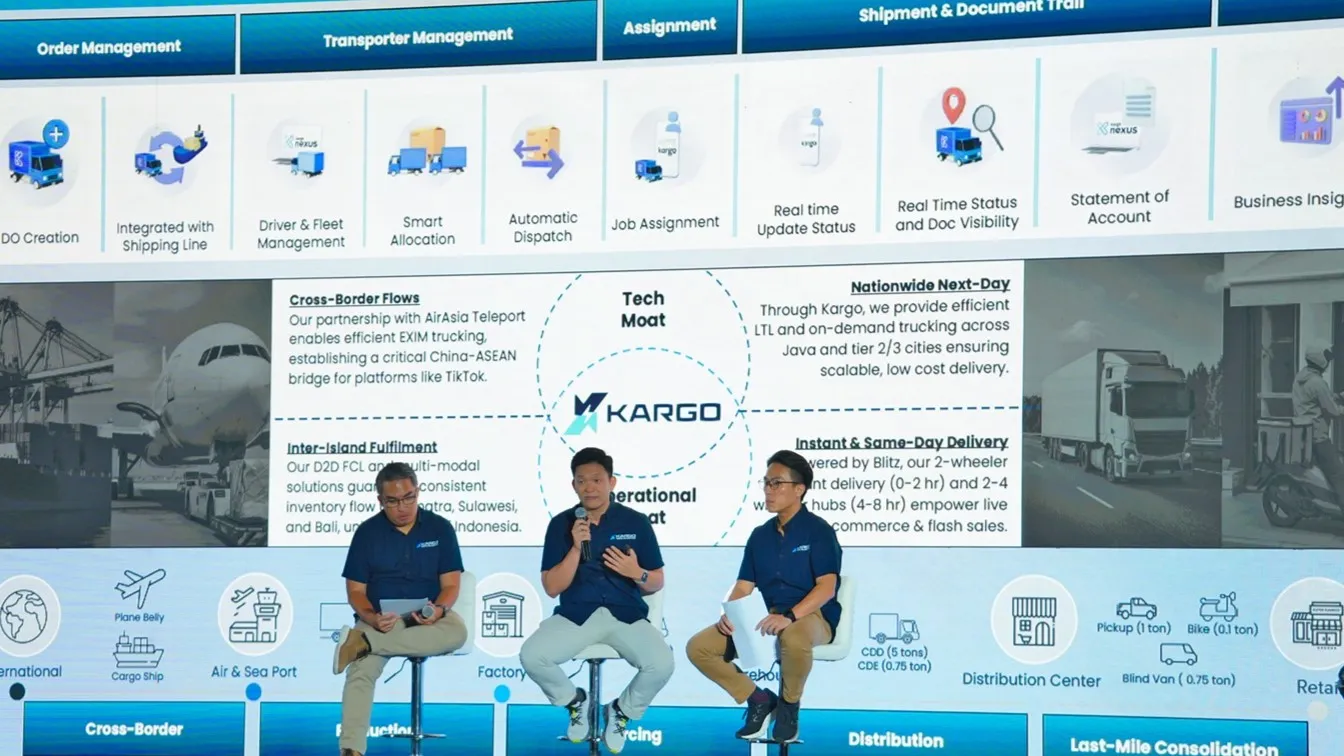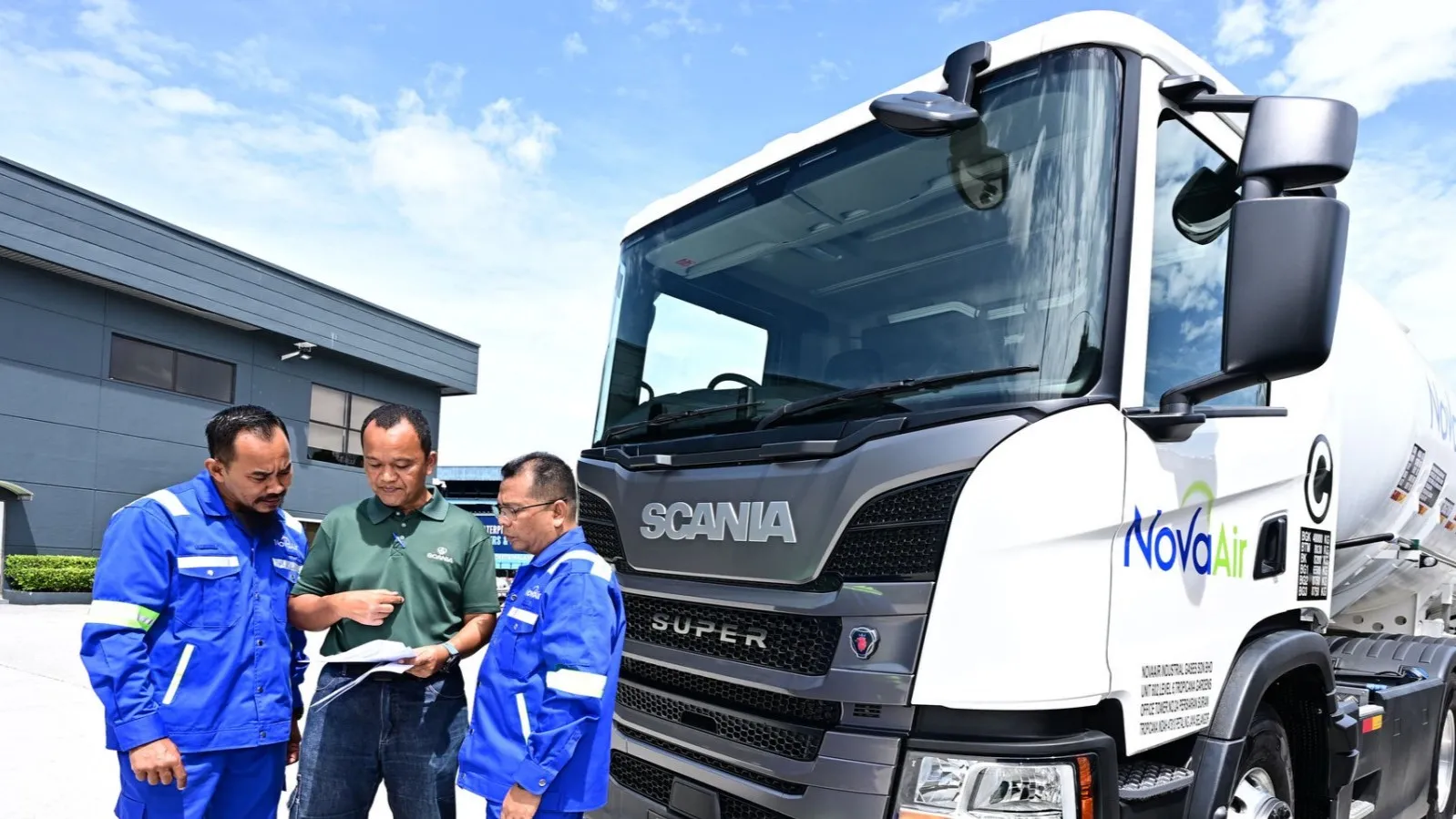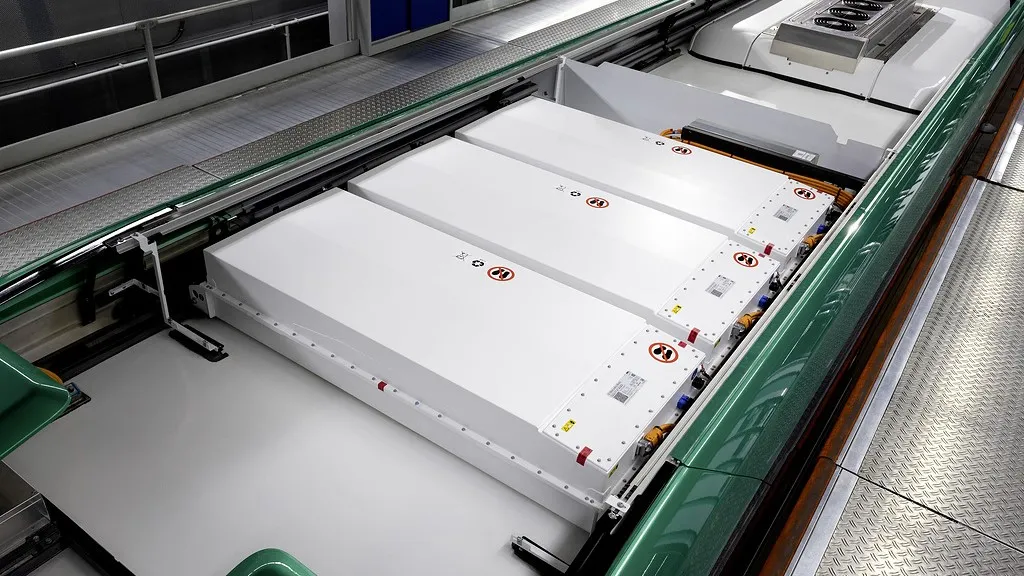Japan’s top truck makers begin Level 4 autonomous driving tests on the Shin-Tomei Expressway under the RoAD to the L4 government programme.
Japan Aims to Implement Driverless Trucks in 2026
Japan’s four leading commercial vehicle manufacturers—Isuzu Motors (Isuzu), Hino Motors (Hino), Mitsubishi Fuso Truck and Bus Corporation (Mitsubishi Fuso), and UD Trucks Corporation (UD Trucks)—have begun joint testing of Level 4 autonomous driving trucks on the Shin-Tomei Expressway.
The demonstration, conducted under the government’s RoAD to the L4 programme, represents the final phase of the Theme 3 projects for the research, development, and deployment of automated driving technologies. It is part of Japan’s effort to bring fully driverless heavy-duty trucks into commercial service from 2026.
The trials are being implemented in collaboration with Toyota Tsusho, Advanced Smart Mobility, Nippon Koei, and Mizuho Research & Technologies (Mizuho), who were commissioned in 2021 by the Ministry of Economy, Trade and Industry (METI) and the Ministry of Land, Infrastructure, Transport and Tourism (MLIT).
Toyota Tsusho oversees overall coordination and project management; Advanced Smart Mobility leads vehicle system development and evaluation testing; Nippon Koei manages the demonstration logistics; and Mizuho Research & Technologies conducts feasibility studies on integrating Level 4 trucks into future logistics networks.
The initial demonstration was carried out on 21 October 2025, covering a 210-kilometre section of the Shin-Tomei Expressway between Shin-Gotemba and Toyota-Kamigo, with twelve round trips scheduled during the test period through December 2025. The objective is to verify the readiness of autonomous truck technologies and the supporting infrastructure needed for expressway operation without onboard drivers.
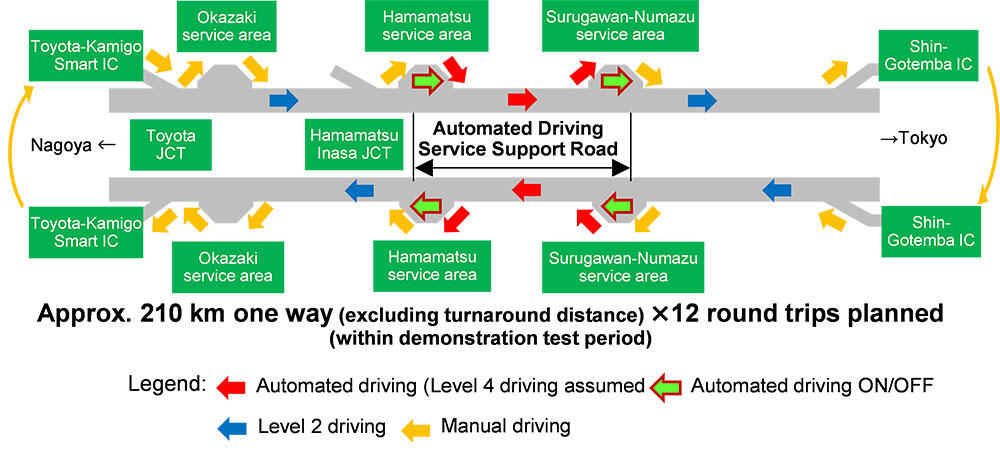
Each truck manufacturer is responsible for developing and testing its own prototype vehicles, equipped with automated driving systems capable of integrating with Japan’s Automated Driving Service Support Road infrastructure. This network provides roadside sensors and communication links that deliver predictive traffic data to the trucks, enabling coordinated lane changes, obstacle avoidance, and safe vehicle spacing.
The testing also evaluates how each vehicle responds to complex conditions such as emergency stops and dynamic merging, as well as how different systems interact with the central monitoring and control platform. The project builds on earlier trials conducted between the Surugawan-Numazu and Hamamatsu service areas, where individual systems for automated departure, arrival, and remote monitoring were validated.
According to the joint statement, results from this phase will form the basis for two reference documents: the Guide for Introducing Level 4 Autonomous Driving Trucks on Expressways for infrastructure operators and vehicle developers, and the Autonomous Driving Truck Utilisation Guidebook for logistics and transport companies.
By pooling expertise across Japan’s four major truck manufacturers, the project aims to establish a unified technical and regulatory framework for autonomous heavy-duty transport. The initiative is expected to play a crucial role in addressing driver shortages, improving logistics efficiency, and advancing Japan’s transition toward large-scale, fully automated freight operations.

